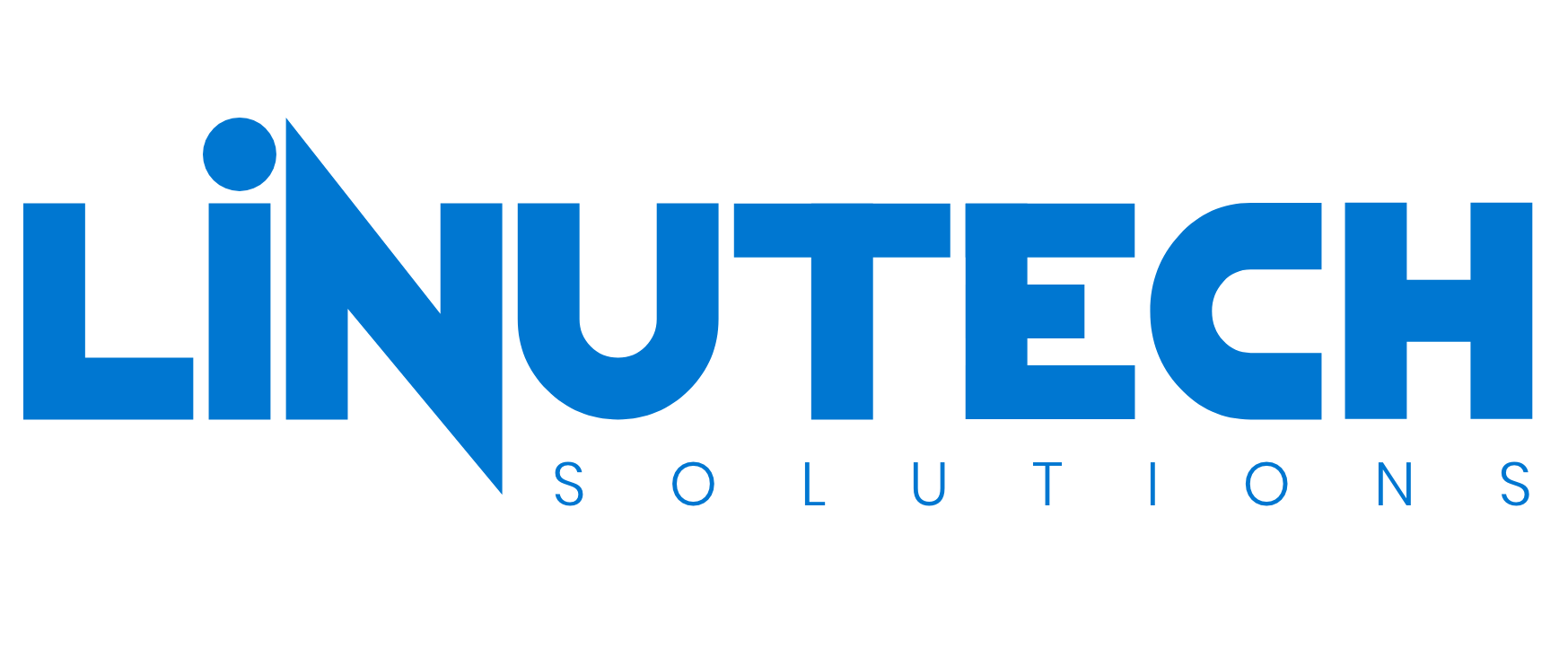Technology has permeated every aspect of modern business, helping to drive innovation and efficiency. However, IT costs can skyrocket if not properly managed. As a business, it’s crucial to adopt strategies that will help you control your IT expenditures without compromising the quality of service. Here are ten actionable ways to quickly reduce your IT costs.

Cloud Solutions: Cloud computing can significantly reduce your IT costs. Instead of purchasing and maintaining expensive hardware, you can leverage cloud services that are scalable and pay-as-you-go. This also reduces costs associated with data storage, system upgrades, and maintenance. Moreover, it provides flexibility and the capability to work from anywhere, anytime.
Outsourcing IT Services: Outsourcing non-core IT services can help reduce costs. This allows you to focus on your core business functions, while experts handle your IT needs efficiently.
Regular System Audits: Regular audits can reveal inefficiencies and obsolete systems that are costing you more than they’re worth. An upgrade or a replacement could lead to significant savings in the long run.
Virtualization: By using virtualization technology, businesses can run multiple virtual machines on a single physical server, increasing the efficiency of your hardware and reducing costs.
Implement Energy-efficient Practices: Green IT practices like using energy-efficient equipment, optimizing power settings, and managing data centers in a way to reduce power consumption can contribute significantly to cost reduction.
Effective Vendor Management: Regularly review contracts and negotiate with vendors for better deals. Use multiple vendors for critical services to avoid dependency and to encourage price competitiveness.
Training and Skill Development: Training your existing staff on new technologies can help you avoid the costs of hiring new employees or consultants.
Investing in Scalable Infrastructure: Opt for solutions that grow with your business, so you don’t have to constantly replace your infrastructure to meet increasing demands.
Automated Solutions: Automation of repetitive tasks can not only reduce manual labor and errors but also lead to substantial cost savings in the long term.
Preventive Maintenance and Security: Regular system maintenance can prevent costly repairs and downtime. Likewise, a robust security system can save you from expensive breaches and data loss.
Cloud Solution and IT Cost Reduction
Cloud solutions help in reducing IT costs by minimizing the need for physical infrastructure, providing scalability, and facilitating pay-as-you-go models. It eliminates the costs associated with maintaining, updating, and securing servers because all these services are provided by the cloud service provider. It also provides flexibility, enabling employees to access work from anywhere, which reduces costs related to office space.
Cost-Effective Business Solutions
Aside from cloud computing, some other cost-effective business solutions include automation of repetitive tasks, leveraging AI and machine learning for data analysis, using open-source software, implementing remote work policies, and streamlining your business processes for efficiency.
Cost of eMobility Solutions
The cost of eMobility solutions varies greatly depending on the complexity and size of the implementation. This can range from a few thousand dollars for simple fleet management software to several hundred thousand dollars for comprehensive solutions that include vehicle telematics, charging infrastructure, and connectivity solutions.
Importance of Cost Reduction
Cost reduction is important as it directly impacts a company’s bottom line. It helps businesses to maintain financial flexibility during uncertain times, stay competitive in their industry, and reinvest the savings in areas that can fuel growth.
Costs Associated with Education IT Solutions
Costs for educational IT solutions can include hardware and software costs, costs for IT support personnel, and ongoing costs for updates, maintenance, and training. Depending on the size and complexity of the solution, these can range from a few thousand to several million dollars.
Cost for Online Telehealth Solutions
The cost for online telehealth solutions varies based on the features and the number of users. On average, you could expect to pay anywhere from $50 to $300 per provider per month. There might also be setup fees, integration costs, and potential additional costs for electronic health record (EHR) systems.
Reducing Expenses in a Firm
To reduce expenses in a firm, it’s essential to regularly review and analyze expenditure, streamline processes, negotiate with suppliers, leverage technology for efficiency, automate where possible, and consider outsourcing non-core functions.
Solutions to Cost of Living Crisis
Solutions to a cost of living crisis could include implementing policies for affordable housing, enhancing social security systems, promoting accessible and affordable healthcare, improving public transport, and raising minimum wages.
Cloud Server Company
A cloud server company is a service provider that offers computing resources on the cloud. This could include storage, processing power, or networking capabilities. Some popular cloud server companies include Amazon Web Services (AWS), Google Cloud Platform, and Microsoft Azure.
The average cost of a solution can vary greatly depending on the subject and level of complexity. However, it can range anywhere from $30 to $150. Remember to consider the ongoing value these resources provide in terms of saved time and improved understanding.



